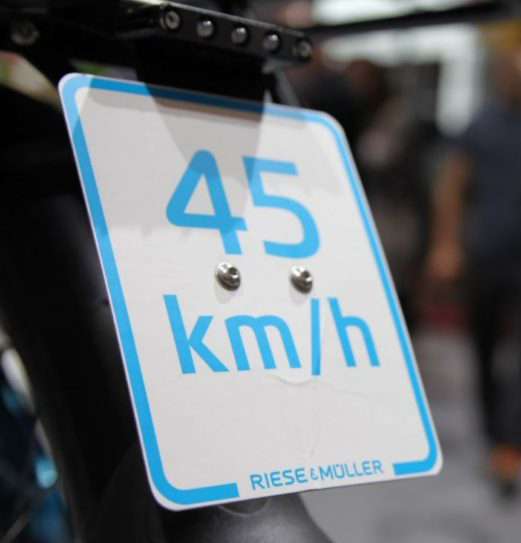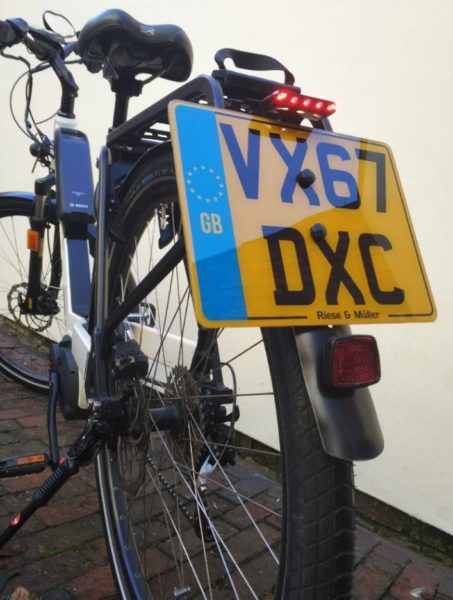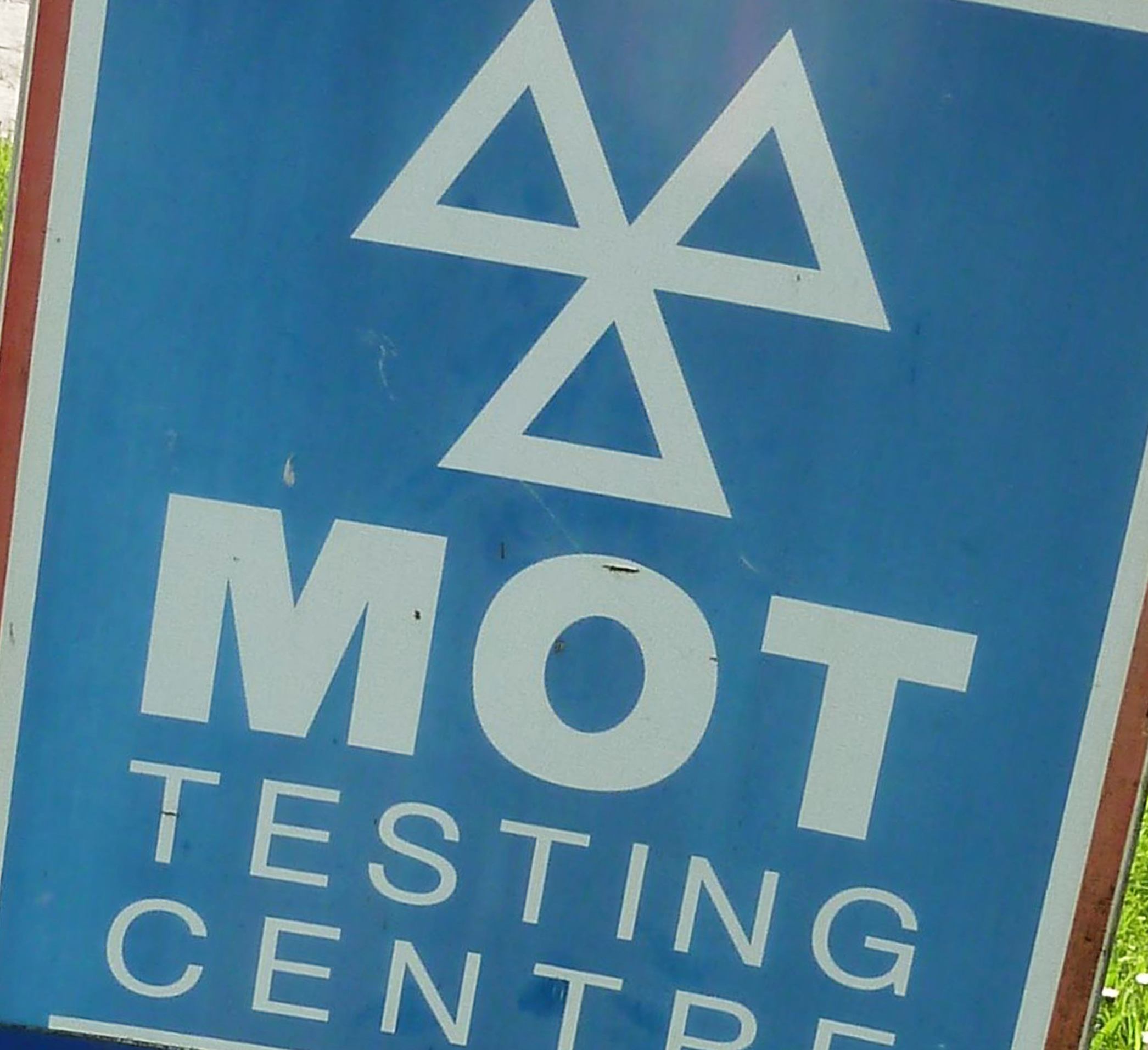Selling S-Pedelecs
< Back | Last revised: 27th March 2018
|
|
E-bikes which have more power and can reach a higher assisted speed are an attractive option for a lot of customers - they cover further distances faster and with less effort, are much smaller than mopeds so can be stored easier (indoors even) and save money on petrol too.
However these e-bikes require type approval, normally being classed as mopeds when being sold for use on the roads in the UK. This means that the bikes as well as the riders need to meet the same standards (i.e. on braking, lighting etc.) and requirements for mopeds, including having the correct licence, registration, insurance, MOT and tax.
On top of this riders need to be at least 16 years of age, must use them on the road (so not on cycle or shared use paths like normal bikes) and must wear a helmet that meets certain British safety standards.
Selling these bikes without the appropriate paperwork and/or registration could result in falling foul of the law, which isn't good for any business let alone small independent retailers. The ACT, along with help from Daniel Jones of Riese & Müller, has gathered together as much relevant information as we can find into a concise guide for retailers so that they can make the most of this emerging opportunity within the cycles trade whilst staying the right side of the law.
Licence
To ride an S-Pedelec on the road in the UK you need a licence, where the current licence category for these bikes is ‘AM’. The type of licence needed (and any other applicable training such as Compulsory Basic Training (CBT)) depends on whether you have a full driving licence or not.
|
If you have a full driving licence, passing before 1 February 2001 |
You can ride an S-Pedelec without needing to take a CBT course nor a full moped test. You also don’t require L plates. |
|
If you have a full driving licence, passing after 1 February 2001 |
If not done so already you will need to complete a CBT course, after which you can ride an S-Pedelec (for as long as your car driving licence lasts). You don’t need to take a full moped test, nor do you need L plates. |
|
If you do not have a full driving licence |
If you don’t have one already, you will need to apply for a provisional licence. Once you have that you will then need to complete a CBT course before being able to ride an S-Pedelec, providing that you also have L plates. Unless you pass your full test within the two years following your CBT course, you will be able to ride for up to these two years, at which point you have to either take CBT again or stop riding. |
Registration
Imported S-Pedelecs require type approval (normally done by the manufacturer or importer) and should therefore come with a Certificate of Conformity (CoC). The importer should also have informed HM Revenue and Customs (HMRC) and paid VAT and duty if required. More information on all this can be found on the government website.
Before being used on the roads in the UK they need to be registered with the DVLA, at a cost of £55. Although the rider can register a new S-Pedelec themselves, it is something that is usually done by the dealer. This can be offered as an added service to the customer, which is already being done in some cases (see ACT member Electric Bikes Sussex), and means that a customer has a better all-round experience as well as one less thing to worry about.
New vehicles need to be registered within 14 days of them being received/collected (e.g. the date of the invoice from your supplier). This means that they either need to be 'pre-registered' by you as a dealer or registered by the customer when a new one is ordered. To register an S-Pedelec you will need to:
- First order some DVLA forms. You will need a ‘New vehicle import pack – Application to register a new imported vehicle for use in the United Kingdom’, which will come with (amongst other things):
- 'Application for first vehicle tax and registration of a new motor vehicle (V55/4)’ 'form;
- 'Declaration that a vehicle is new (V267)' form; and a
- 'Guide to filling in form V55/4 (V355/4)' leaflet.
- Complete the V55/4 and V267 forms using information that can be taken from the CoC that came with the S-Pedelec. Along with these forms you will need to provide some supporting documents:
- Identity documents;
- If you're a dealer: a copy of two documents from the list found on the second page of the V355/4 leaflet.
- If you're a customer: a copy of your driving licence. If this is not available then there are other documents which can be used, details for which can be found on the second page of the V355/4 leaflet.
- Evidence of type approval: the original CoC.
- Evidence of manufacture date (normally the original foreign registration certificate), transportation (how it was brought into the country) and the date of collection (e.g. the date of the invoice/receipt).
- The first registration fee: a cheque for £55 made payable to the DVLA.
(S-Pedelecs being registered in Northern Ireland will also need a certificate of insurance or cover note valid on the 'start date' of tax.
- Identity documents;
- Send the two forms and all of the documents mentioned above back to the DVLA, and if the application is approved they will send you a Vehicle Registration Certificate (V5C) in the registrant's name, which gives you a registration number for the S-Pedelec. The first registration also completes the taxing of the S-Pedelec for the first year.
Before the S-Pedelec is used on the road it will need a number plate attached showing the registration number. These can be purchased online and normally require a copy of the driver's licence and V5C.
Insurance
Like any other motor vehicle you need vehicle insurance to ride S-Pedelecs on UK roads, with third party insurance being the minimum cover needed legally.
With the S-Pedelec category being so new to the UK market, many insurers unfortunately don’t recognise them so are unable to offer insurance. However Daniel Jones has found a few that are confident enough to offer insurance, such as Bikesure and Quoterack.
Ministry of Transport (MOT) test
Most vehicles being used on the road need to meet road safety and environmental standards. The MOT test checks that your vehicle meets these, however they aren’t required for S-Pedelecs under three years of age (or for three years after their registration, whichever is the later).
At the end of these three years they will need to be tested, and continue to be tested at least once a year beyond that. After its first MOT an S-Pedelec cannot be used on the road without a valid MOT certificate, unless it’s being taken to a pre-arranged MOT test or to/from somewhere to be repaired.
To get an MOT you need to take your S-Pedelec to an approved MOT test station, i.e. only those centres showing the blue sign with 3 white triangles. The maximum fee they can charge you for an MOT test is £29.65 (you do not need to pay any VAT).
For more information on MOTs, see the government website.
Vehicle tax
As an electric vehicle, S-Pedelecs are exempt from paying for vehicle tax.
However, even though you do not need to pay anything you still need to apply and tax your S-Pedelec. As mentioned above the first registration will cover this for the first year.
After this, to apply for tax you will need a reference number from either:
- your vehicle log book (V5C), which must be in your name;
- the green ‘new keeper’s details’ slip from the previous log book; or
- a reminder letter from DVLA.
To tax your S-Pedelec visit the government website.
-----
Disclaimer
The above information summarises the requirements and processes for selling S-Pedelecs as far as we (The ACT) understand at the time of writing. We believe that the above is an accurate interpretation of what is required, however with this constantly evolving area of the market this is likely to change as time goes on. We will endeavour to amend as necessary to keep our retailers informed, but we cannot accept liability for any information that is incorrect or has since become out of date. We also cannot police any retailers who conduct any illegal activity either through choice or through ignorance of the law.





